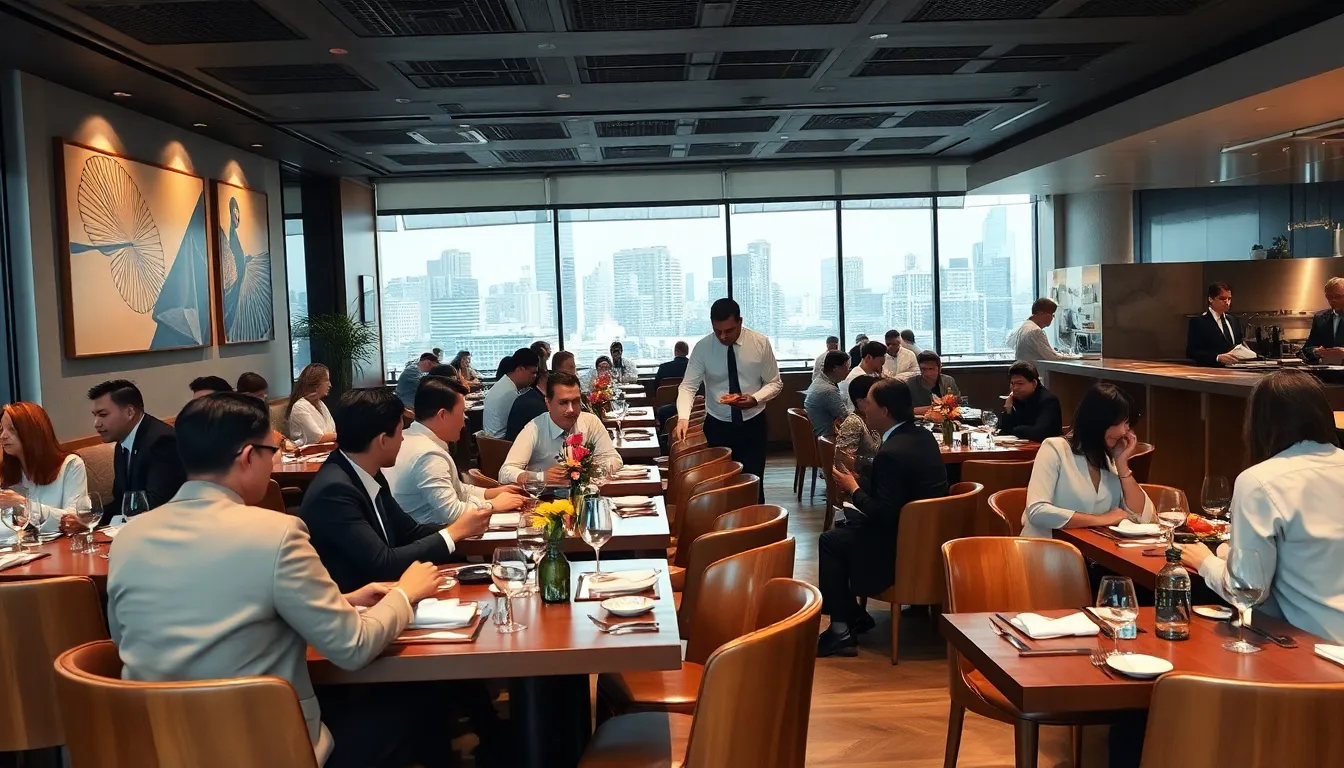Ever thought about launching a restaurant but dreaded the possibility of facing a barrage of complaints on opening day? Well, soft openings are your culinary safety net. Picture this: you get to test your menu, fine-tune your service, and all without the pressure of a swarming crowd. It’s like rehearsing in front of a forgiving audience before the big performance. In this text, we’ll jump into the ins and outs of soft openings, so buckle up and get ready for a tasty adventure.
Table of Contents
ToggleUnderstanding Soft Openings

So, what exactly is a soft opening? It’s more than just a prelude to the grand fanfare. Think of it as a chance for the restaurant to showcase its offerings in a controlled environment. Usually, soft openings are invite-only or limited to a select group of friends, family, and loyal patrons, basically, the folks who are willing to give honest feedback without the fear of social media backlash.
This period allows staff to adjust to the rhythm of service, familiarize themselves with the menu, and understand how to handle various situations that may arise. By running a soft opening, management can iron out the kinks, all while building anticipation for that glittering grand opening.
In a nutshell, a soft opening is a trial run, a chance to test the waters before diving headfirst into the bustling restaurant scene.
Benefits of a Soft Opening
Why bother with a soft opening? There’s a buffet of reasons, and here’s the highlight reel:
- Fine-tuning Operations: It’s the perfect opportunity to streamline everything, from kitchen processes to front-of-house service, ensuring that when the official opening day arrives, the restaurant runs like a well-oiled machine.
- Gathering Feedback: Guests during this phase are generally more forgiving and willing to offer suggestions on dishes, service, and overall experiences. This feedback is invaluable for refining the restaurant before the real crowds arrive.
- Building Buzz: Conducting a soft opening often creates excitement and curiosity among the community. Those lucky enough to be invited can’t help but spread the word, generating interest and a sense of fandom even before you officially open.
- Testing Your Menu: It’s the ideal environment to experiment with interactive menu items, gauge customer reactions, and adjust based on what resonates most.
- Staff Training: Staff will have the chance to train in real-time, learning how to handle the pressure of a busy night while also creating that unforgettable customer experience.
Planning Your Soft Opening
Planning is crucial for a successful soft opening. Here are some key considerations:
Key Considerations for a Successful Soft Opening
- Define Objectives: What do you want to achieve? It could be testing menu items, refining service procedures, or simply gauging the restaurant’s overall vibe.
- Select the Right Timing: Choosing a quieter time can help ease into service. Sundays or weekdays might be ideal, especially where there’s local foot traffic.
- Limit the Menu: While it’s tempting to showcase everything right away, limiting the menu to a few signature dishes allows the kitchen to shine without feeling overwhelmed.
- Consider Capacity: It might be wise to limit the number of guests. A packed house on the first night can be a recipe for disaster.
Gathering Feedback During the Soft Opening
Feedback is the backbone of a successful soft opening. Here’s how to go about it:
- Feedback Forms: Simple surveys can encourage guests to share their opinions on everything from food to ambiance.
- Casual Conversations: Sometimes, just chatting with guests can yield priceless insights. Staff should be encouraged to engage with diners, asking for their thoughts on specific dishes or their overall experience.
- Monitor Social Media: Guests may share their experiences online. Keeping an eye on these platforms allows management to gauge public perception and address any concerns proactively.
Transitioning from Soft Opening to Grand Opening
As the soft opening wraps up, getting ready for the grand opening is essential. Here’s how to ensure a smooth transition:
- Evaluate Feedback: Take stock of all the comments and critiques received during the soft opening. This data will help in making final tweaks.
- Training Adjustments: Any recurring issues in service or kitchen performance should be addressed through additional staff training sessions.
- Create Excitement: Use the buzz generated during the soft opening to promote the grand opening. Social media teasers, local food bloggers, and special promotions can drum up excitement. Room for improvement is always there, but with the right preparation, the grand opening can become a significant local event.



